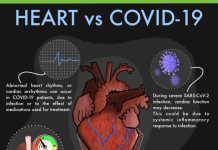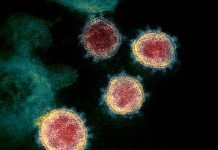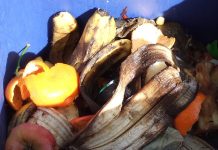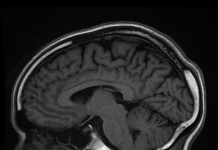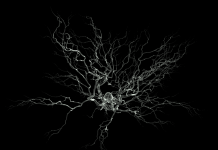This year’s Nobel Prize in Chemistry has been awarded jointly to Moungi Bawendi, Louis Brus and Alexei Ekimov “for the discovery and synthesis of quantum dots.”
Quantum dots are nanoparticles, tiny semiconductor particles, a few nanometres in size between 1.5 and 10.0 nm (1nm is one-billionth of a meter and is equal to 0.000000001 m or 10−9m). Quantum phenomena which are governed by the size of the matter arise at nano-dimensions when size of particles is small in the range of one-billionth of a meter. Such tiny particles are referred to as quantum dots. The electrons inside the dot are trapped and can only occupy defined energy levels. When exposed to a light source, the quantum dots re-emit a distinct coloured light of their own. They have many unusual properties. Their colour depends on their size.
The size-dependent quantum effects are of great importance and has wide ranging applications. Based on QLED (Quantum dot Light-Emitting Diode) technology, the quantum dots are used in computer monitors and TV screens. They are also used in LED lamps and in bio-medical devices for tissue mapping.
The applications of quantum dots are highly wide ranging and have impacted nearly every household in the world. This became possible courtesy novel scientific achievements of this year’s laureates who made seminal contributions in sculpting semiconductor particles in nano-dimensions and putting them to use.
Alexei Ekimov, in the early 1980s, created size-dependent quantum effects in coloured glass and demonstrated that the particle size affected the colour of the glass through quantum effects. Louis Brus, on the other hand, was first to show size-dependent quantum effects in particles floating freely in a fluid. In 1993, Moungi Bawendi made seminal contributions towards chemical production of high-quality quantum dots of perfect sizes that has revolutionised industry.
The Nobel Prize in Chemistry this year recognises contributions towards discovery and synthesis of quantum dots.
***
Source:
NobelPrize.org. Press release – The Nobel Prize in Chemistry 2023. Posted 4 October 2023. Available at https://www.nobelprize.org/prizes/chemistry/2023/press-release/
***






